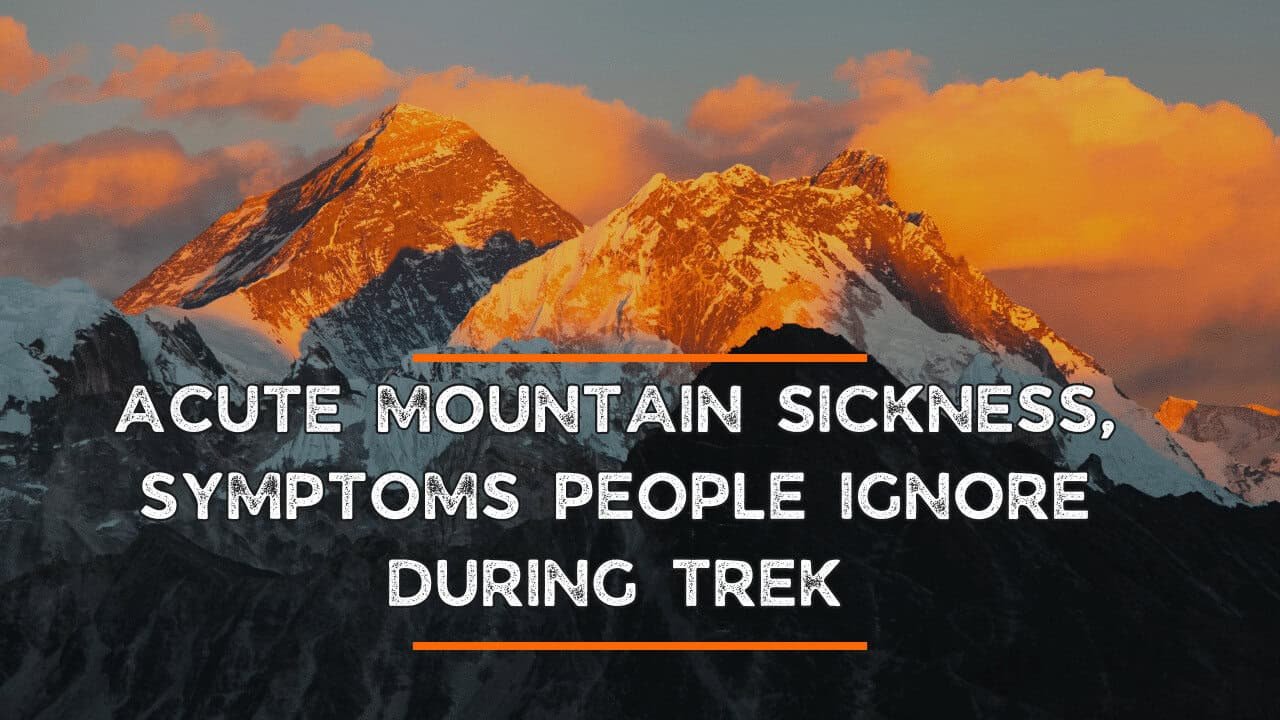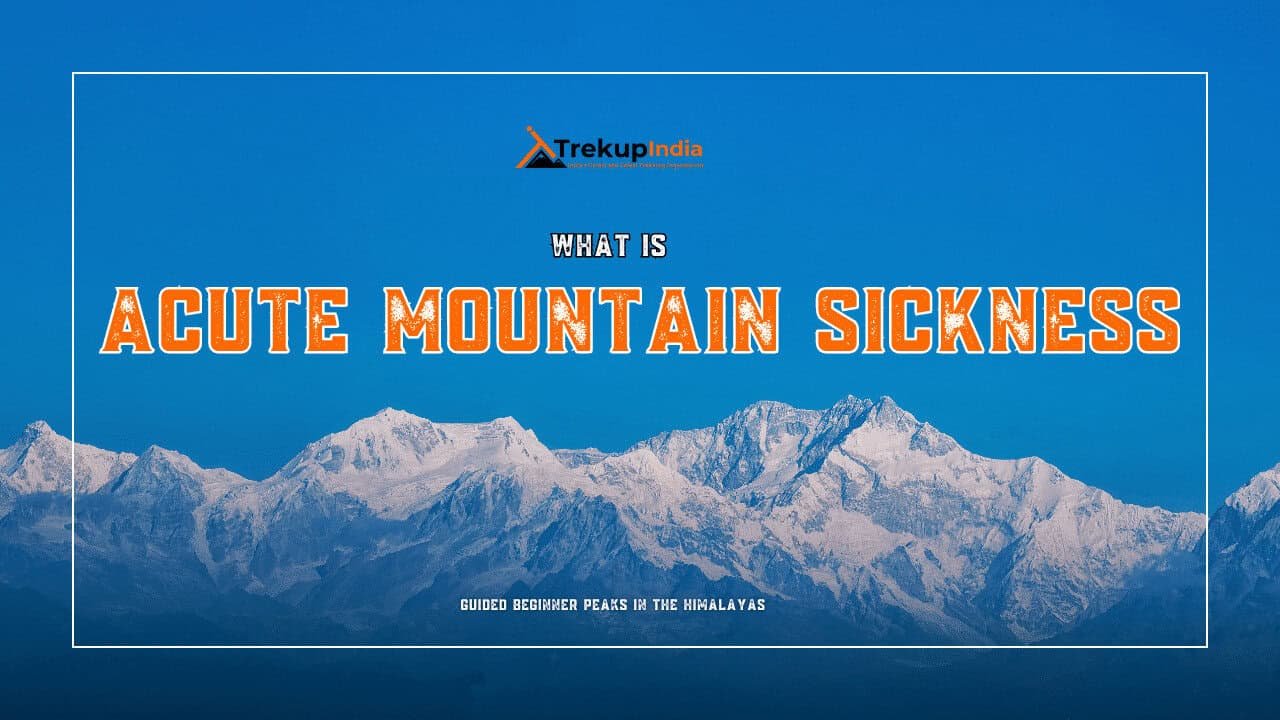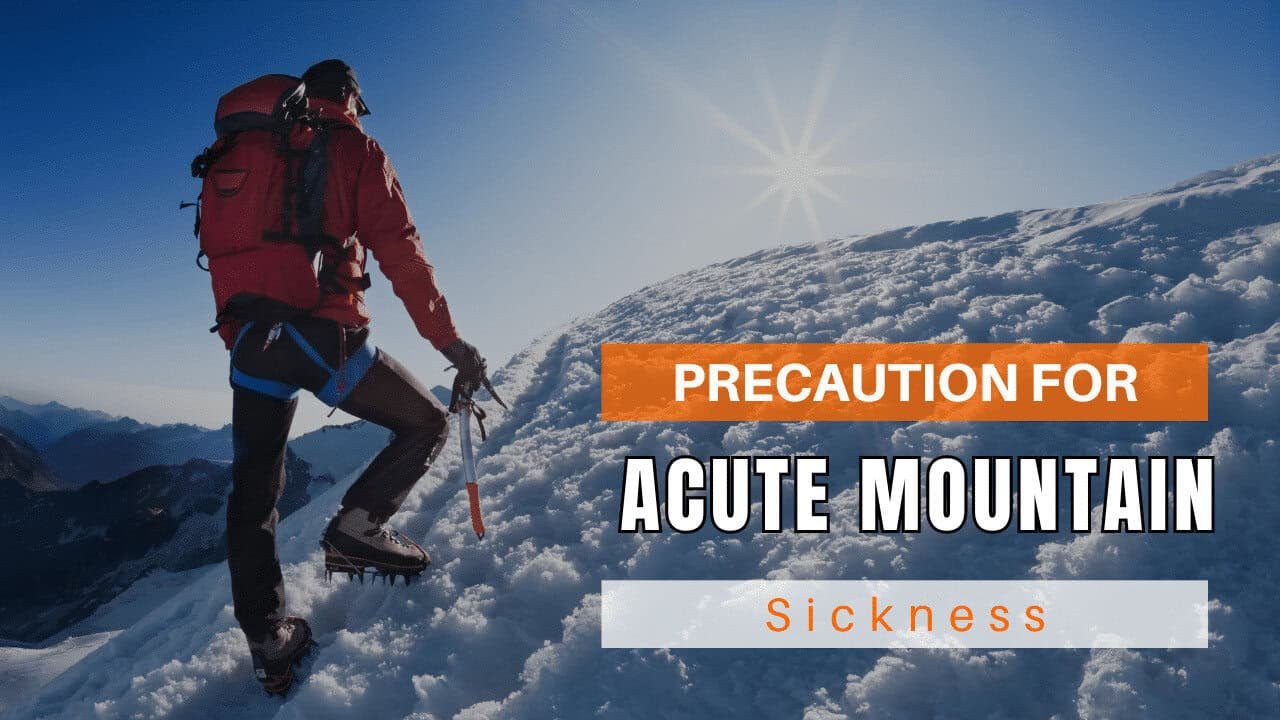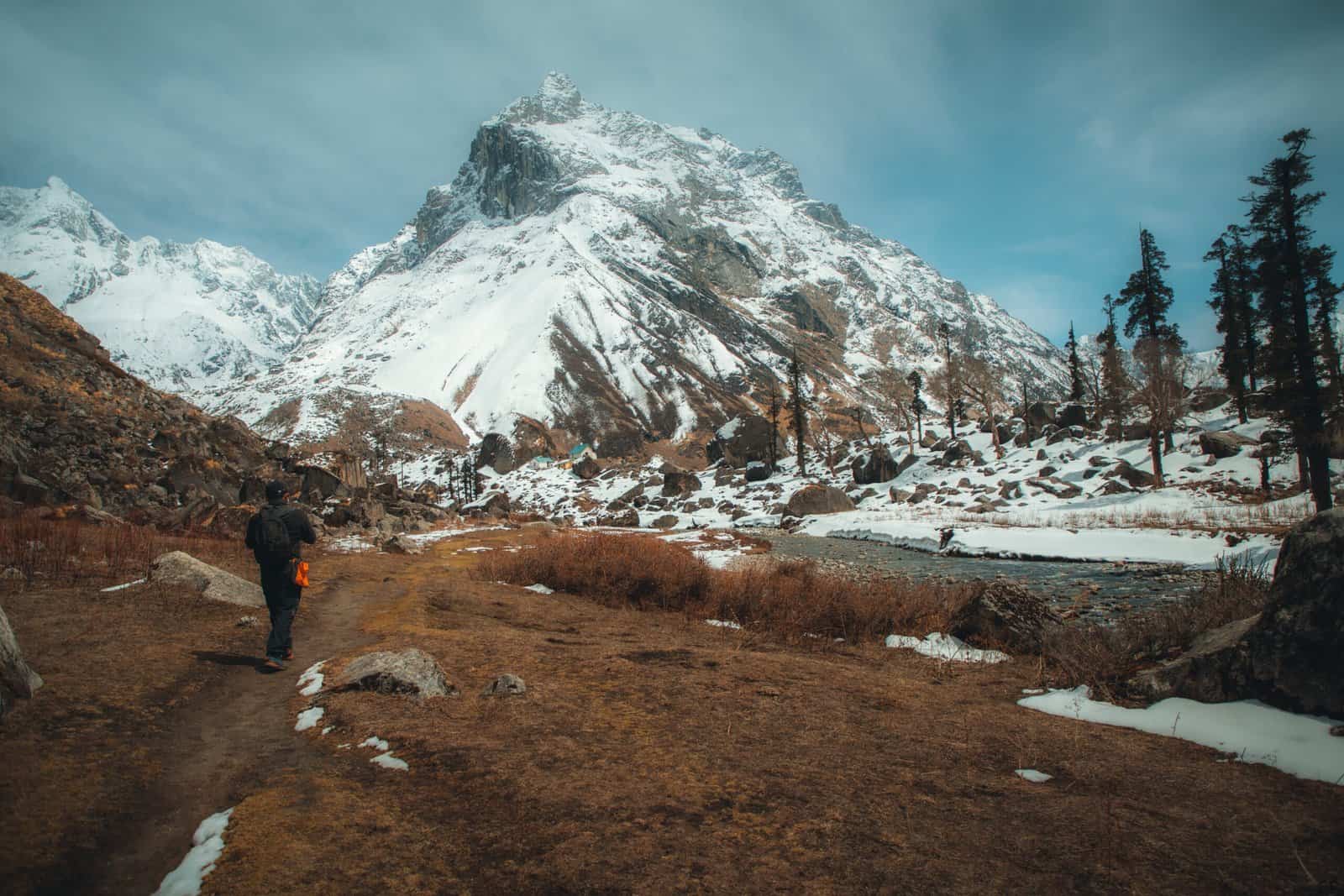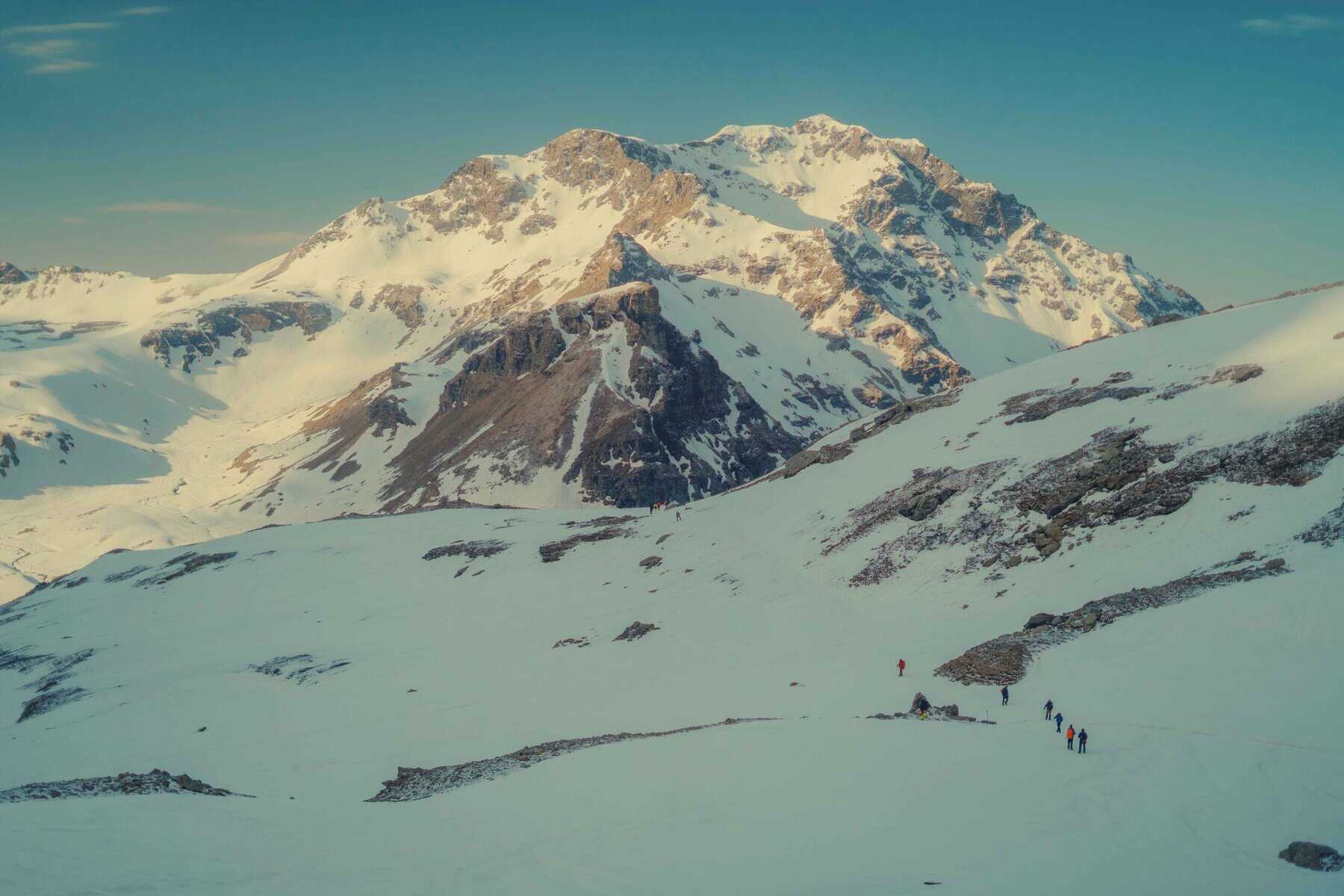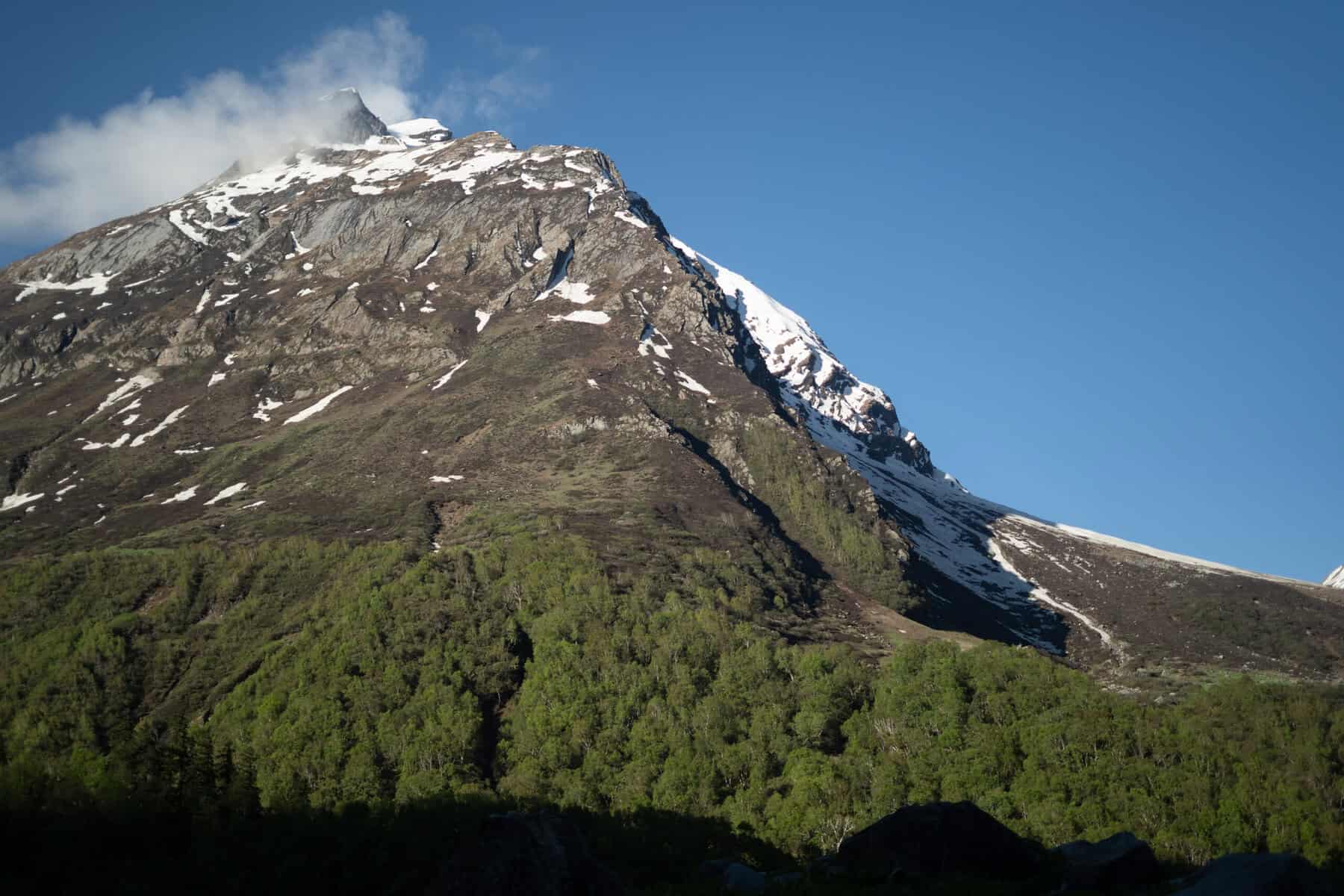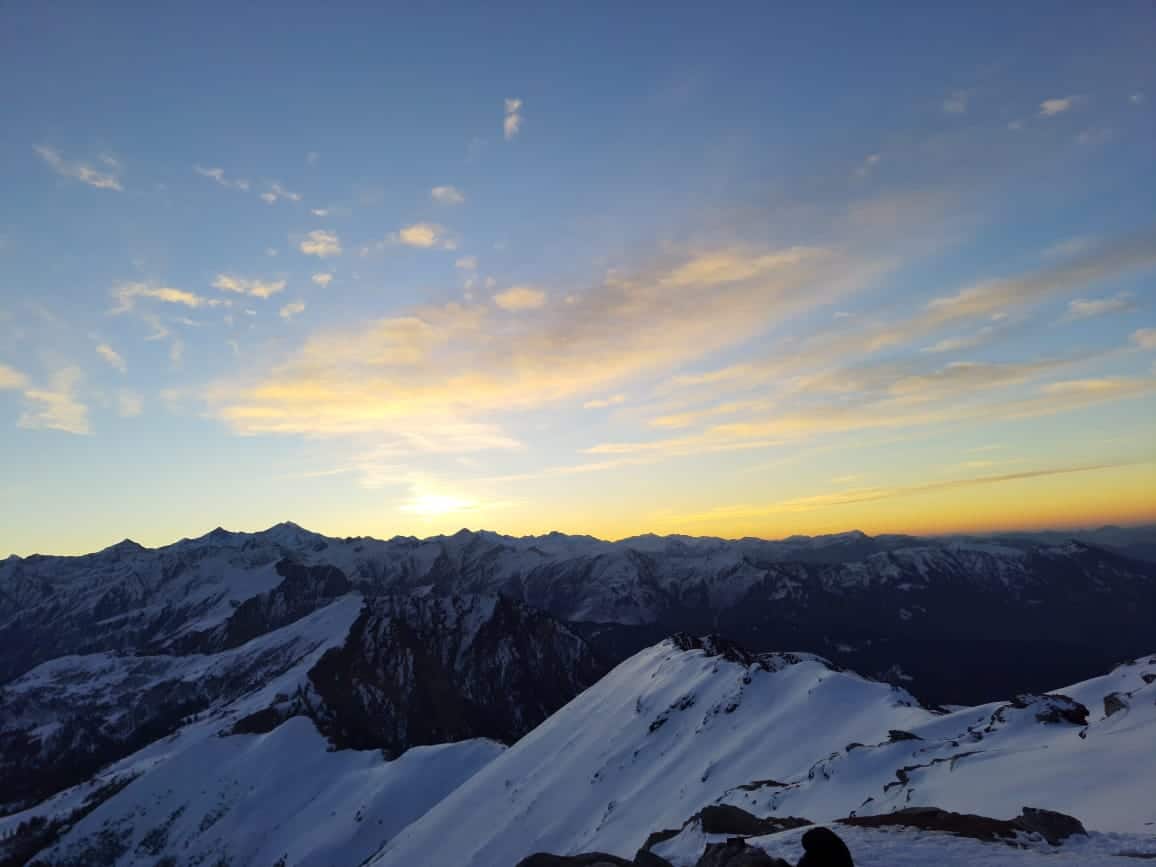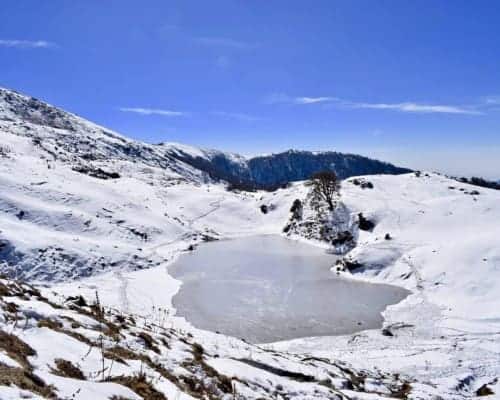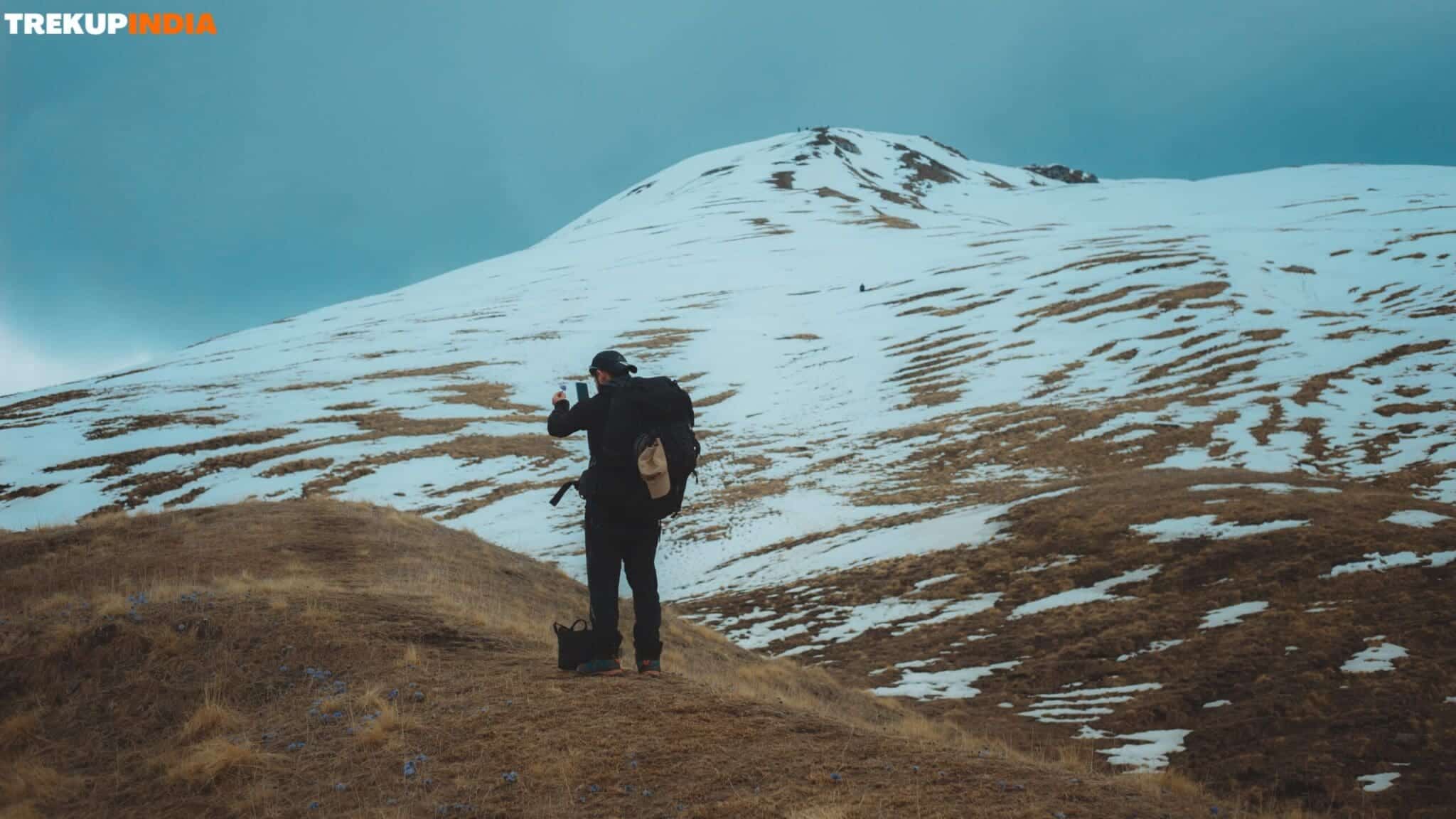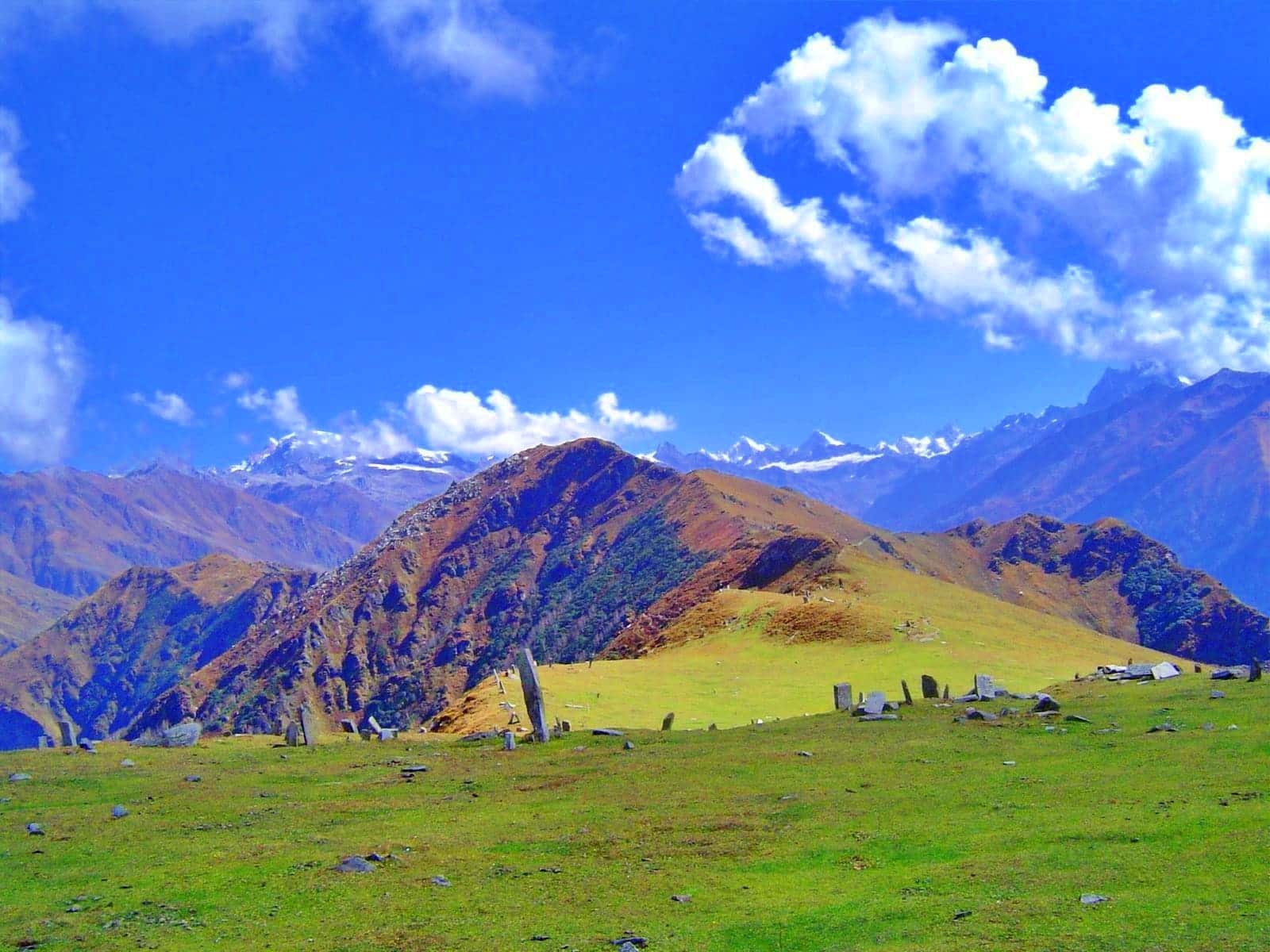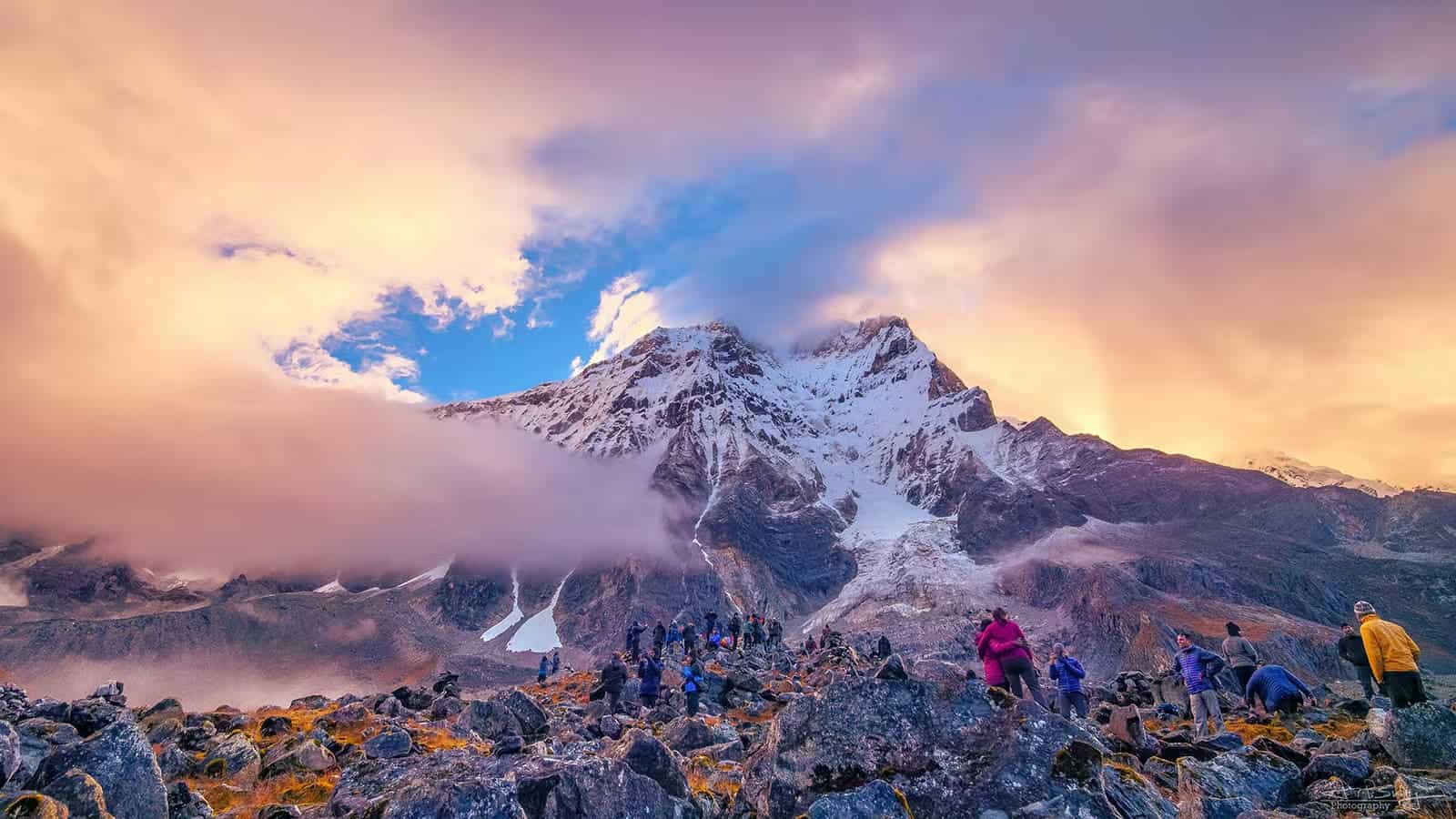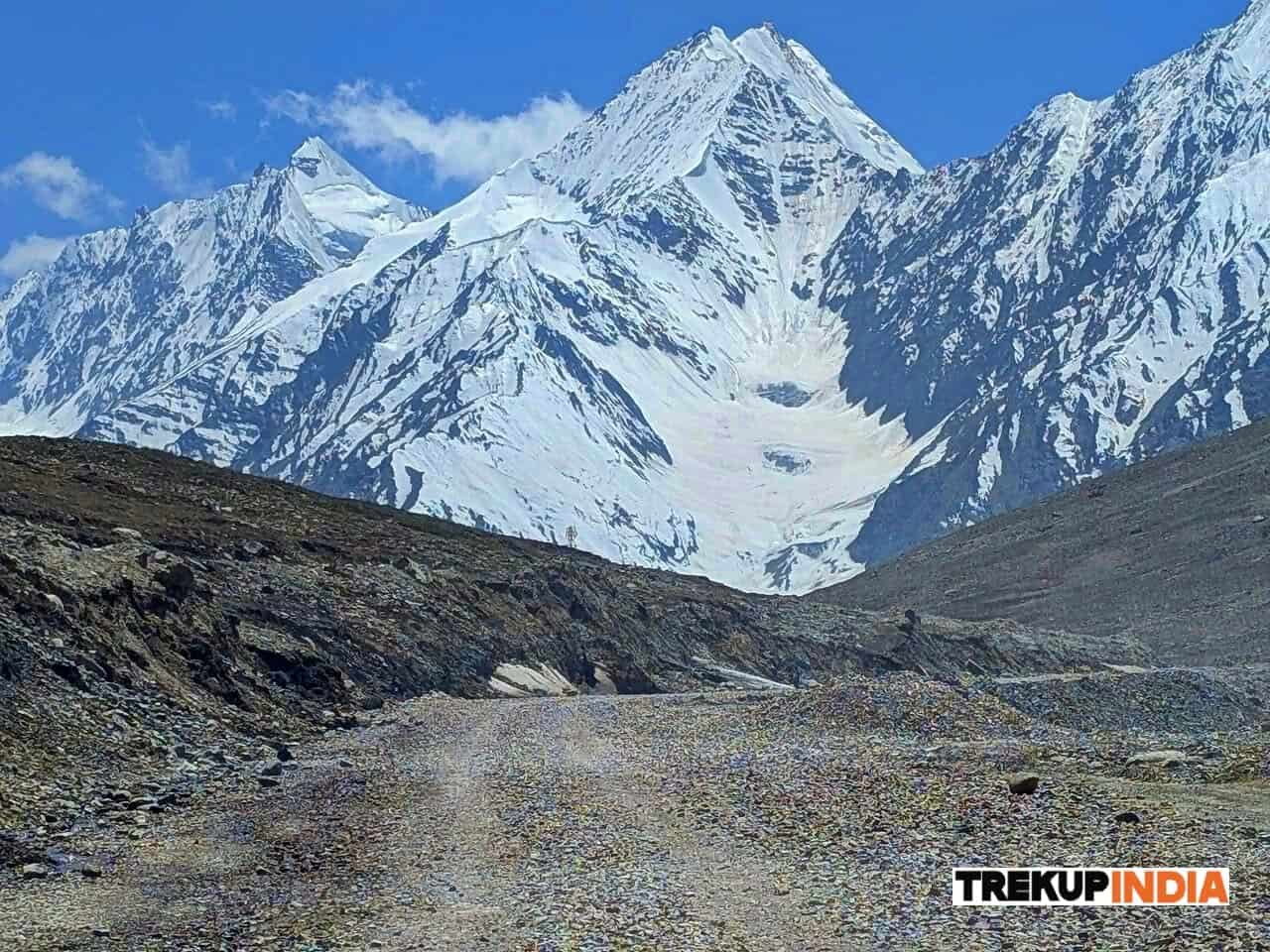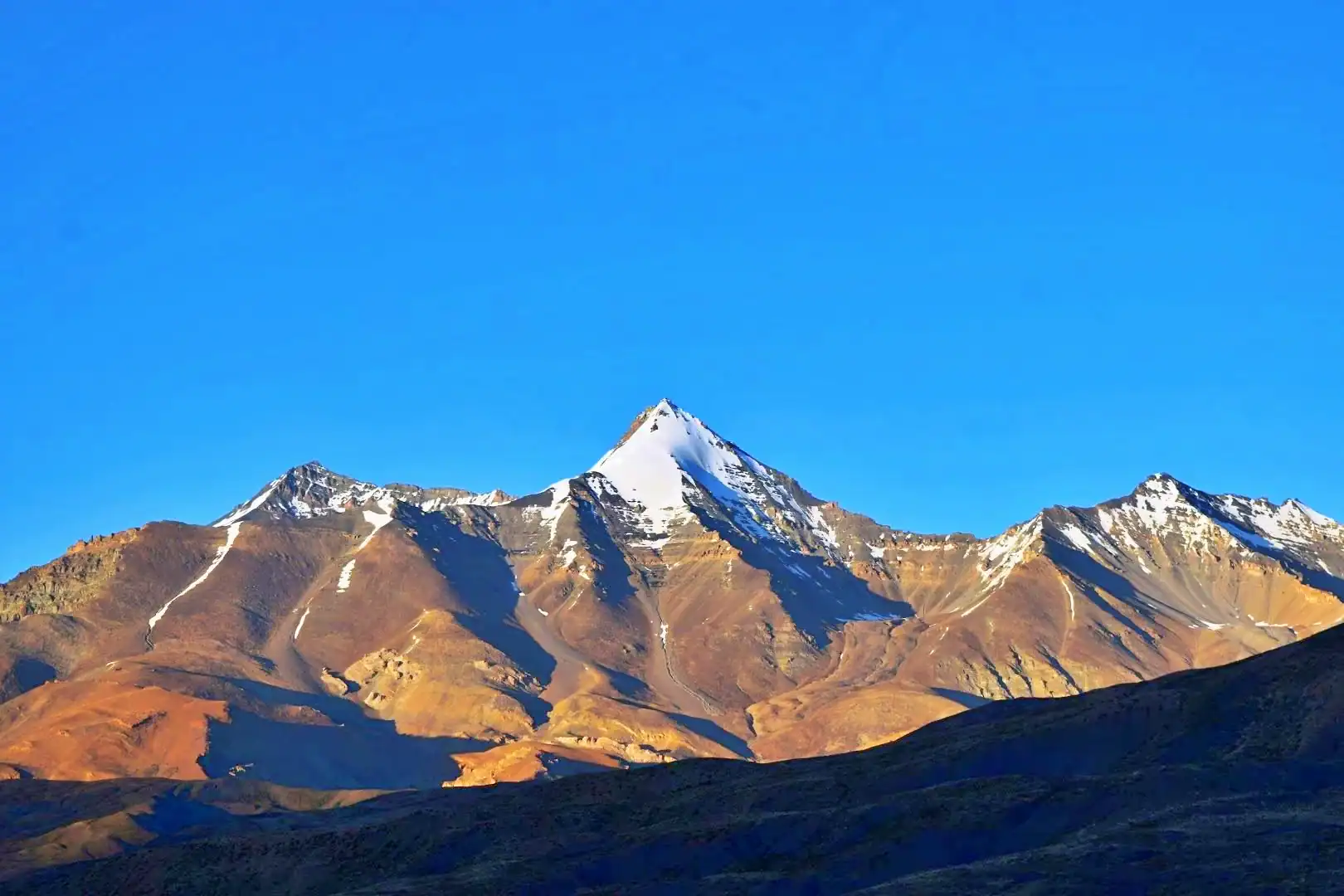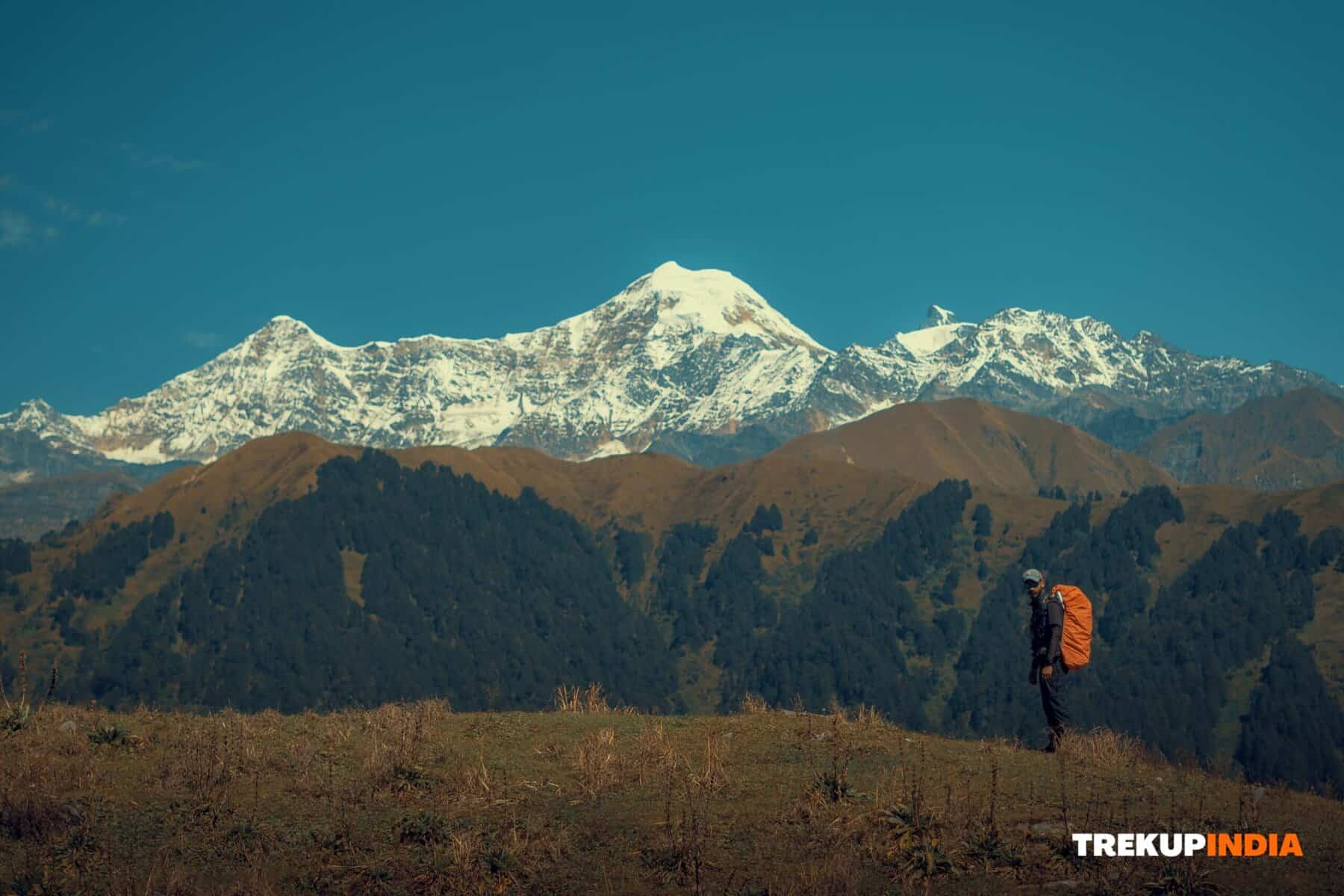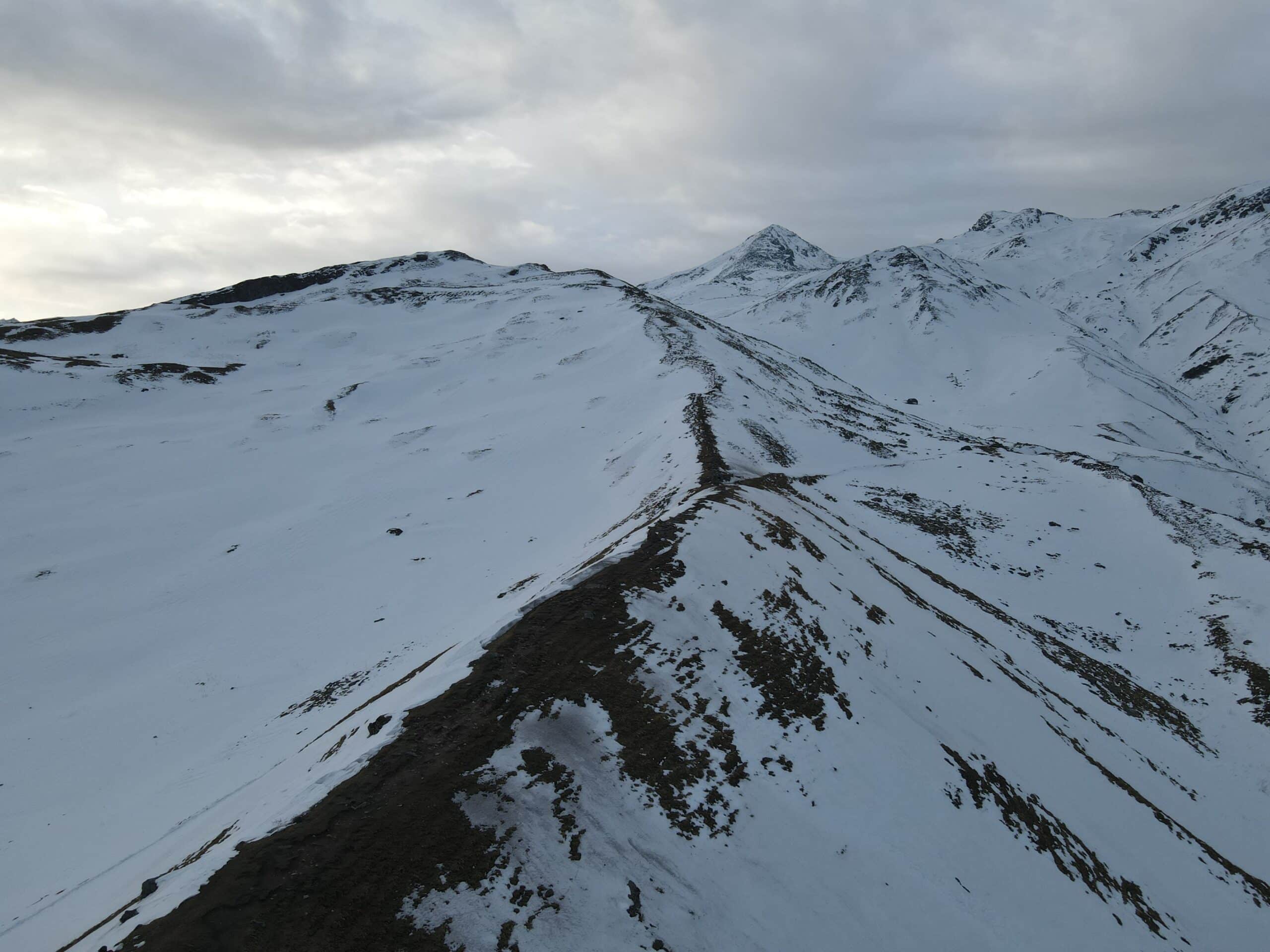Chopta Chandrashila in Different Seasons: When Should You Go?
The Chopta Chandrashila Trek is a year-round adventure, bringing varied experiences across the seasons. From lush green meadows in summer to a wonderland covered in white snow in winter, every season creates a different ambiance around Chandrashila Peak and Tungnath Temple. From clear mountain views in summer, vibrant landscape hues in autumn, or perhaps the thrill of trekking in a snowfall; the best time for the Chopta Chandrashila Trek depends on personal preferences.
Chopta Chandrashila Trek: December to February-Winter Trek
Have you ever thought trekking through snow to Chopta Chandrashila? If yes, you should plan now for winter. The whole area becomes a white dreamland with a snow-covered trail reaching both Tungnath Temple and Chandrashila Peak.

Why Winter?
- The experience of snowy wonderland Chopta.
- A challenging trek with the trails covered in snow.
- Most of the time, you have it to yourself so it is a quiet experience.
- The opportunity of enjoying snowfall at Chopta Chandrashila.
Things to Remember
- For winter, Tungnath Temple gets closed, and the idol is moved to Makkumath.
- The usual trek gets more difficult as there’s snow covering it; one must have good equipment like crampons and gaiters.
- The only place for camping in Chopta is by using breeze tents and extreme-weather gear.
- Best for snowfall: in between Late December to early February.
Chopta Chandrashila Trek: March to May- Spring Trek
Springtime at Chopta Chandrashila signifies the grandeur of its rhododendron blooms-the entire stretch turning red and pink. Weather makes it a highly comfortable trek season.

Why Spring?
- Among the clear blue skies and splendid views of Nanda Devi, Trishul, and Chaukhamba.
- The rhododendron forests are in full bloom.
- The temple will open in April for sacred purposes.
- Ideal with Deoria Tal Trek as the nearby forests are full of life and verdant.
Things to remember
- The trail tends to be slightly muddy due to melting snow.
- Crowds start to swell as this becomes one of the busiest traveling seasons.
- Accommodation can be costly as high demand occurs in peak season.
Chopta Chandrashila Trek: June to August- Summer Trek
Summer, being the easiest of all seasons, is perfect for begginer trekkers. Lush green meadows of Rohini Bugyal and Baniyakund will display all the beautyfull colors of nature, and the Tungnath Temple will be thronged by pilgrims.

Why Spring?
- The temperatures lying between 15 to 25°C from April.
- Well worth a trip to Chopta Chandrashila with camping at Chopta and village visits.
- Wonderful for photography, when sky is clear and the environment at its most beautiful and vibrant-like these.
- Deoria Tal Trek is at its best with Chaukhamba Reflections perfect on the lake.
Things to Keep in Mind
- Rain showers begin by the end of June, causing a great deal of slippage.
- Proper rain gear (e.g., poncho, waterproof shoes) needs to be carried for treks in the monsoon.
- Leeches can be expected in certain forests; be sure to sprinkle some salt on them and run away at once.
Chopta Chandrashila Trek: October to November
This is the most preferred time for Chopta Chandrashila Trek, considering the unobstructed view, pleasant weather, and unparalleled perspective of the Himalayan peaks.

Why autumn?
- Golden landscapes filled with crisp air and complete visibility of the Himalayan ranges.
- Comfortable temperature between 10°C and 20°C.
- Chopta Chandrashila Trek can be a low-cost endeavor because accommodation costs are cheap.
- The temple remains open till mid-November
Things to Remember
- Nights can turn cold, so pack some warm layers
- Best season for stargazing and astrophotography owing to clear skies.
Final Thoughts
The Chopta Chandrashila trek is a magical trek during all four seasons. You may wish to go there for snowfall in Chopta Chandrashila, rhododendron flowers, or astonishing mountain views, and each visit will give you something different. Based on your inclination and preference, plan your trek- would you like adventure in the snow, solitude in the monsoon, or beautiful and clear mountain views in autumn?
Whether you visit in summer, winter, autumn, or spring, this endless place creates memorable adventures in different seasons!
About Author

Preetam Singh Rawat (Founder)
The person behind this trekking organization is someone who’s spent over a decade – 12 years, to be exact – living and breathing the mountains. With multiple high altitude summits under his belt (we’re talking 6000 to 7000 meter peaks), he’s not just experienced – he’s the real deal.
But what really sets him apart is the sheer number of treks he has guided. He has led over 200 Himalayan expeditions, including well known routes like Bali Pass, Buran Ghati, Rupin Pass, Pin Bhabha, Stok Kangri, and Black Peak. Not just once, but multiple times. So yeah, when it comes to the Himalayas, he knows every twist in the trail and every story the mountains have to tell.
Got questions or want to get in touch? Write to Preetam at preetam@trekupindia.com. He’s always happy to chat about treks, answer your questions, or help you prepare for your next big adventure.
Share this article
Dates For Upcoming Treks
Want To Trek Like Pro?
Basically, watch these videos if you want to trek the same way professional trekkers do and make your skills better. These videos contain useful tips and techniques to further improve your trekking skills itself. These videos actually help both new and experienced trekkers improve their trekking skills. These videos definitely provide useful tips that make your trek better. We are seeing that these videos by Trekup India experts will only help you make your trekking skills better.
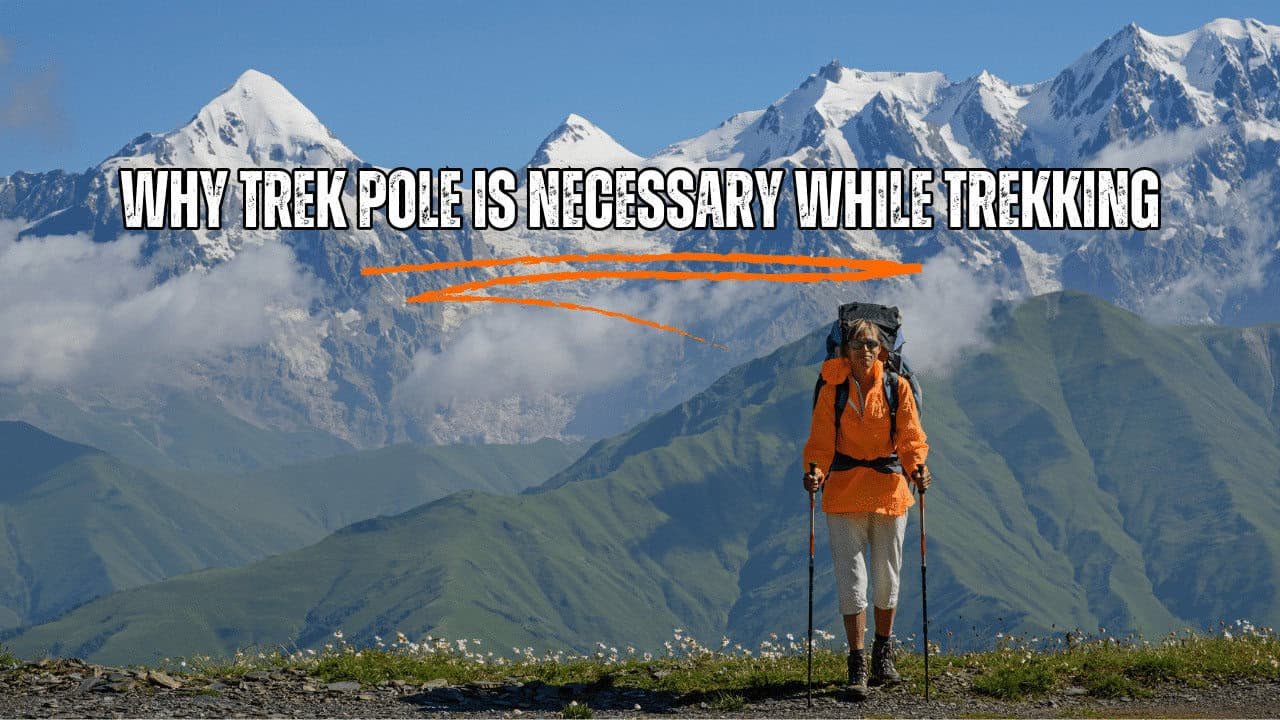




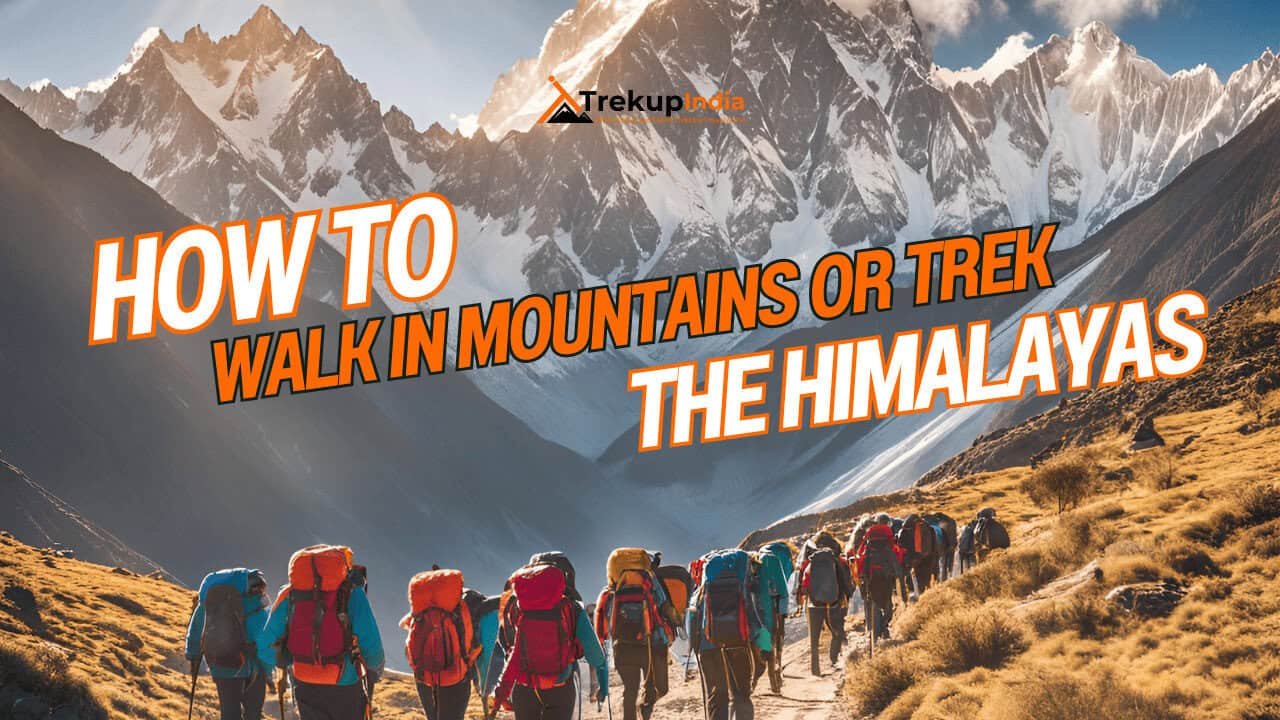

Know Everything About Acute Mountain Sickness
Acute Mountain Sickness occurs when people trek to high altitudes above 8,000 feet. This condition itself develops further due to reduced oxygen levels at such heights. Basically, as you go higher up, the air pressure and oxygen levels decrease, which causes the same problem. Acute Mountain Sickness surely causes headache, nausea, vomiting, and dizziness in affected persons. Moreover, peoples also experience difficulty in sleeping during this condition. To avoid mountain sickness, you should actually trek up slowly to higher altitudes. To learn further about this condition itself, watch the videos by Trekup India.
